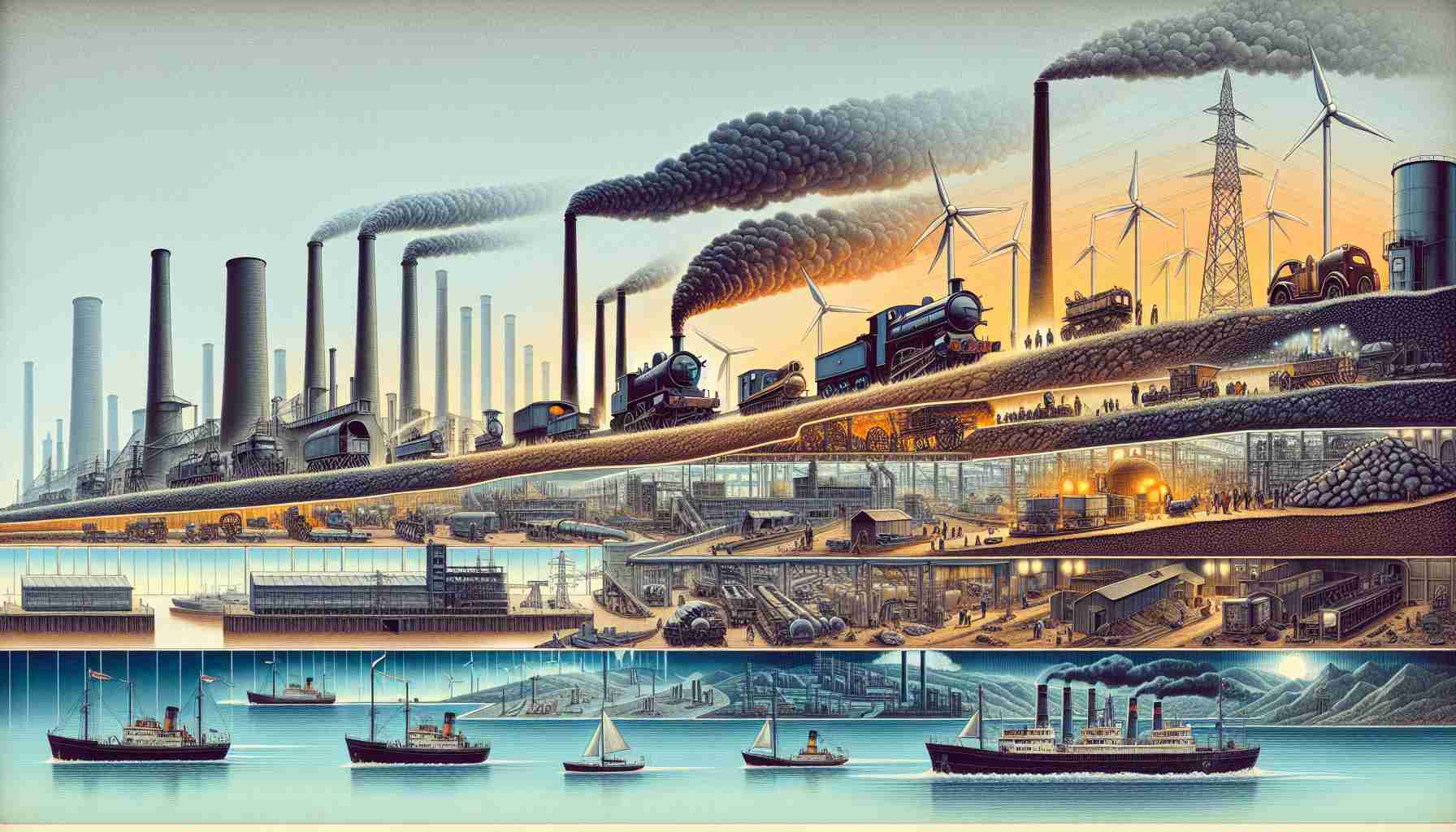After decades of operation, a historic shift is taking place in Britain’s energy landscape as the nation bids farewell to its last coal-fired power plant. The closure of the Ratcliffe-on-Soar station marks the end of an era that spanned over a century, symbolizing a significant milestone in the country’s journey towards a more sustainable future.
As the final shift comes to a close at midnight, the focus now turns towards embracing renewable sources to meet the increasing energy demands. The decision to close the coal plant aligns with the government’s ambitious target of generating all energy from renewables by 2030, underscoring a commitment to combatting climate change and reducing carbon emissions.
Gone are the days when coal dominated the electricity sector, with the landscape now shaped by a diverse mix of wind, solar, natural gas, and nuclear energy. This transition highlights the remarkable progress made in a relatively short span, showcasing the adaptability and innovation within the energy industry.
While coal workers can take pride in their contributions to powering the nation for generations, the closure of the Ratcliffe-on-Soar station paves the way for a new chapter in Britain’s energy narrative. The focus now shifts towards creating opportunities for sustainable energy jobs and further accelerating the green energy revolution.
The Evolution of Energy Generation in Britain: Embracing Renewables and Facing Challenges
The closure of Britain’s last coal-fired power plant, the Ratcliffe-on-Soar station, is a significant step in the nation’s energy evolution. As the country transitions towards renewable sources, key questions arise about the future of energy generation in Britain.
What are some of the most important questions surrounding this transition?
– How will the shift to renewables impact the stability of the energy grid?
– What efforts are being made to ensure a smooth transition for workers in the coal industry?
– What role will innovation play in further improving the efficiency of renewable energy sources?
Answers and Challenges:
– The transformation towards renewables raises concerns about grid reliability, as renewables are intermittent energy sources. Storage solutions, smart grid technologies, and interconnection with other countries are essential for maintaining stability.
– Ensuring a just transition for coal industry workers involves retraining programs, job placement services, and investment in communities heavily reliant on coal. Balancing economic and environmental needs is a key challenge.
– Continued innovation is critical for maximizing the potential of renewable energy sources. Advancements in solar panel efficiency, wind turbine technology, and energy storage systems are driving the transition towards a more sustainable energy landscape.
Advantages and Disadvantages:
– Advantages: Transitioning to renewables reduces greenhouse gas emissions, enhances energy security, creates new job opportunities in the green economy, and fosters technological innovation.
– Disadvantages: Challenges include intermittency of renewable sources, initial high costs of infrastructure development, land use conflicts for renewables like solar and wind farms, and the need for storage solutions to address the variability of renewable energy production.
For more information on Britain’s energy transition and the challenges associated with evolving energy generation practices, visit UK Government.
